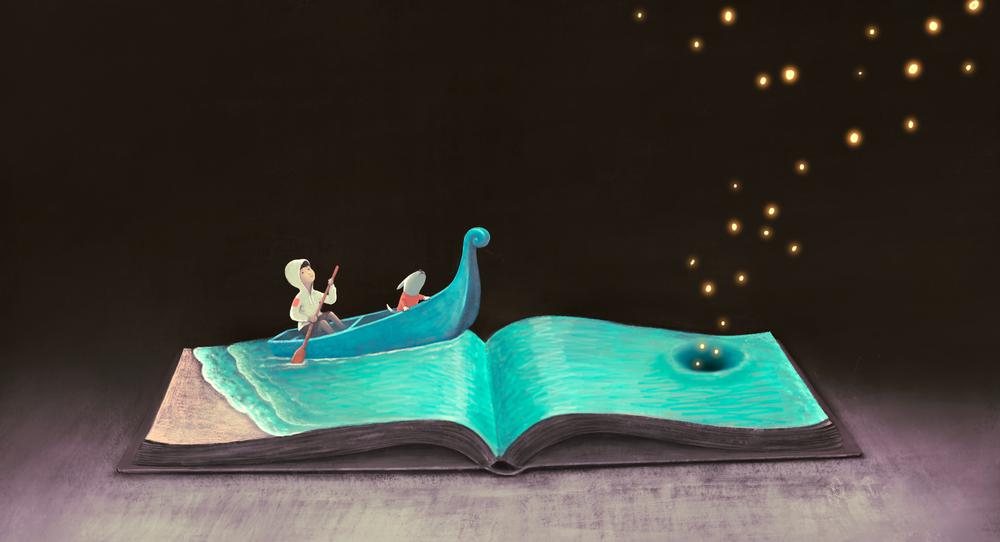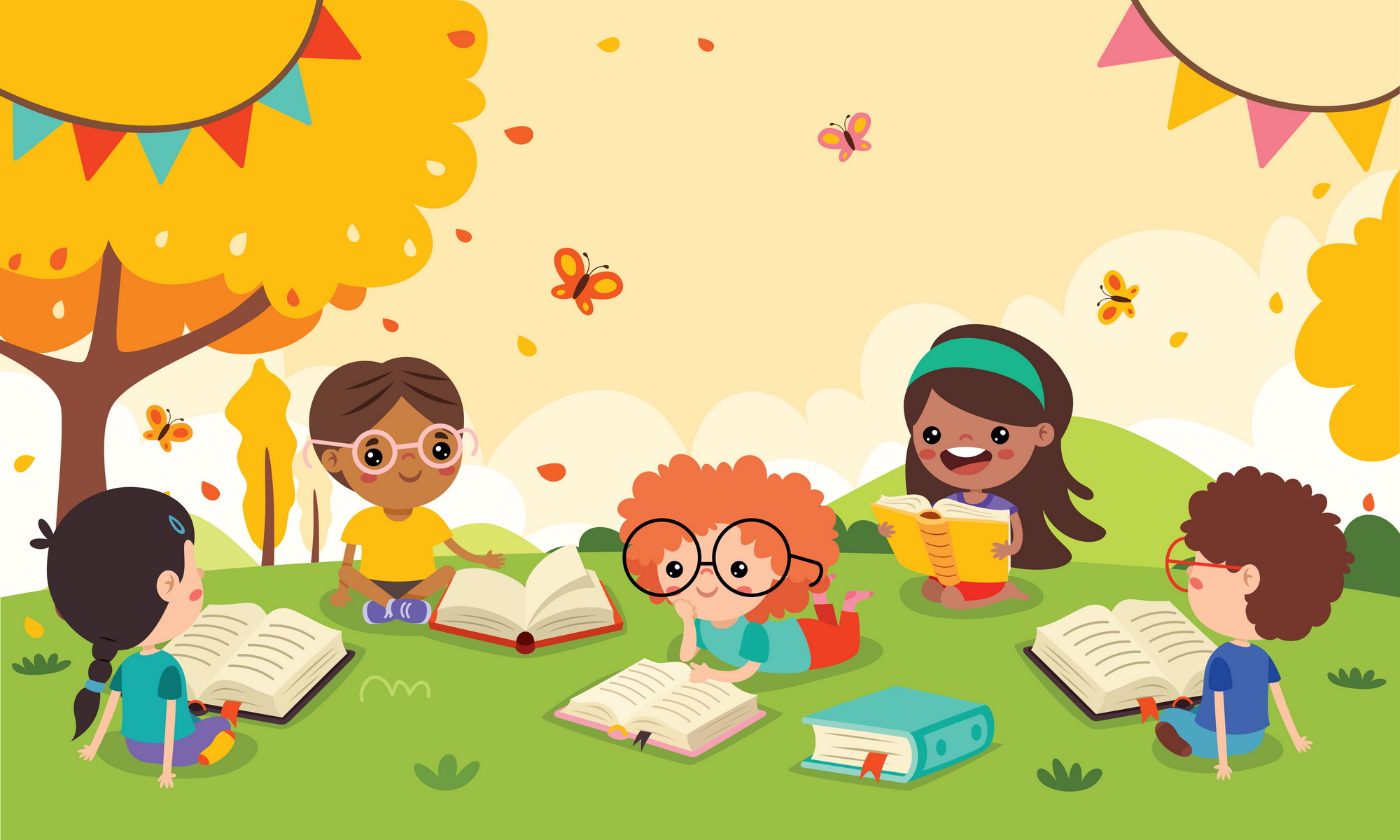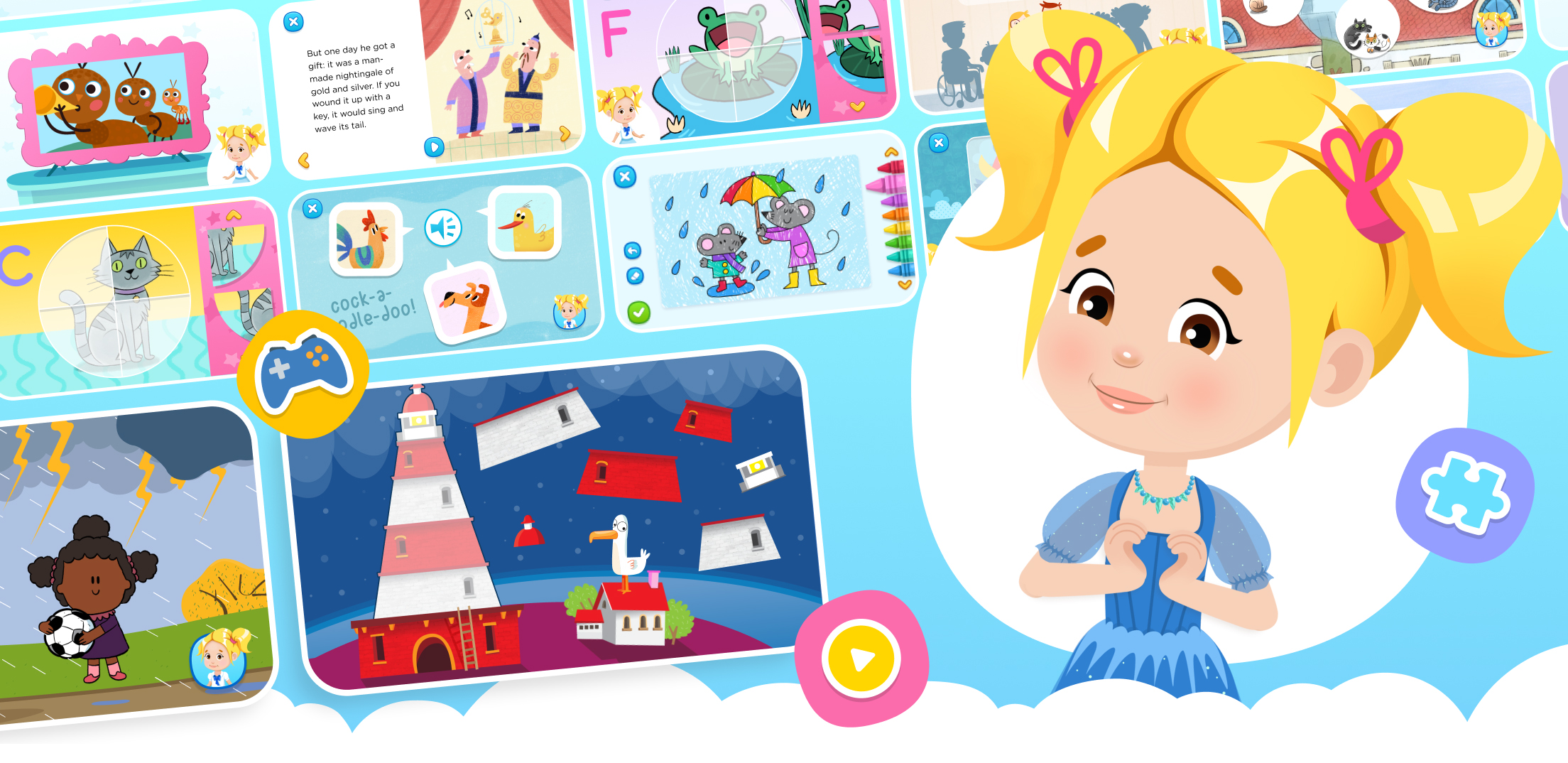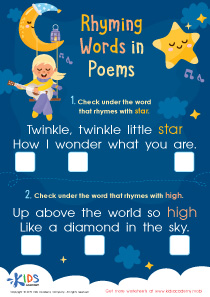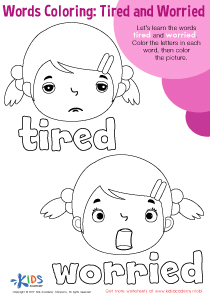Visual interpretation Reading Comprehension Worksheets for Ages 3-6
3 filtered results
-
From - To
Explore our engaging Visual Interpretation Reading Comprehension Worksheets designed for children ages 3-6! These worksheets enhance young learners' ability to analyze and understand visual elements in texts, fostering early reading skills. Each activity encourages critical thinking, allowing kids to interpret images, charts, and illustrations related to stories. With age-appropriate challenges, these resources help develop literacy while making learning fun and interactive. Perfect for parents and teachers alike, our worksheets promote self-expression and creativity, laying a solid foundation for lifelong reading and comprehension success. Dive into a world of exploration and imagination with our vibrant and educational visual interpretation activities!
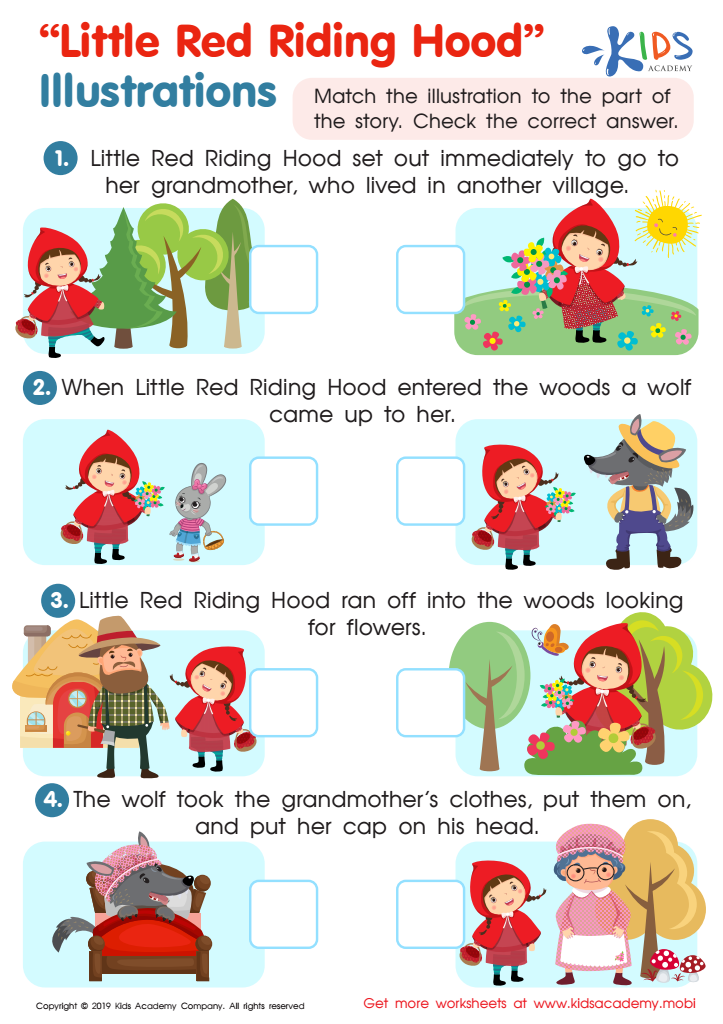

Little Red Riding Hood: Illustrations Worksheet
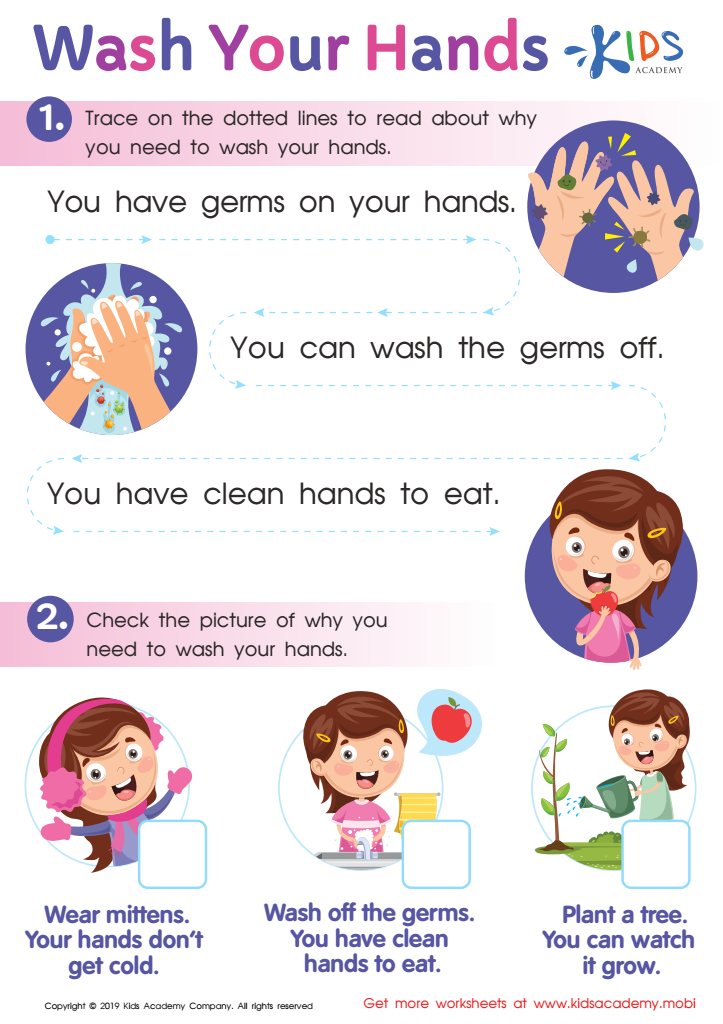

Wash Your Hands Worksheet
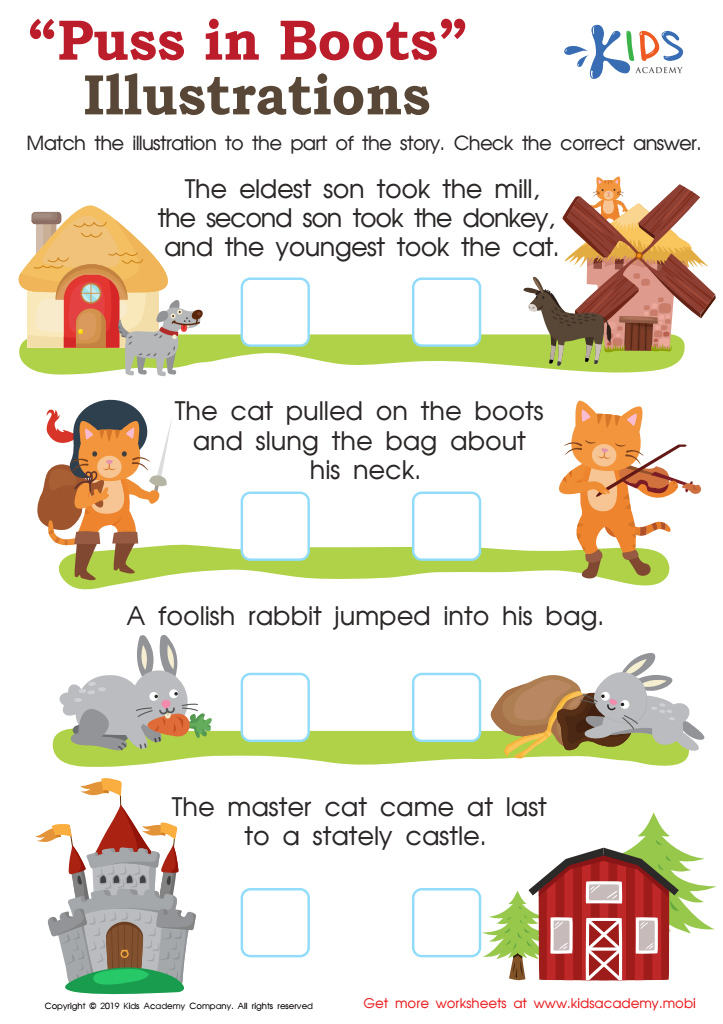

Puss in Boots Illustrations Worksheet
Visual interpretation is a crucial component of reading comprehension for children aged 3-6, as this skill forms the foundation for their overall literacy development. At this age, children are often still developing their verbal skills, and visual cues can significantly enhance their understanding of stories and concepts. Engaging with illustrations in books allows young learners to make connections between text and imagery, fostering not only comprehension but also critical thinking skills.
Parents and teachers should care about visual interpretation because it enhances interactions with literature, stimulating imagination and encouraging discussions about the story. As children visually decipher characters, settings, and actions, they develop narrative skills and an appreciation for storytelling. Furthermore, visual literacy promotes confidence in early readers, making reading a more enjoyable experience.
Incorporating activities centered around visual interpretation can be fun and engaging, helping to maintain children's interest in reading. By fostering these skills early on, educators and caregivers are not only nurturing readers but also equipping them with essential tools for learning that extend beyond literacy, reinforcing their ability to analyze and interpret information in an increasingly visual world. Ultimately, prioritizing visual interpretation in reading comprehension helps children become well-rounded learners as they transition into more complex texts.
 Assign to My Students
Assign to My Students







